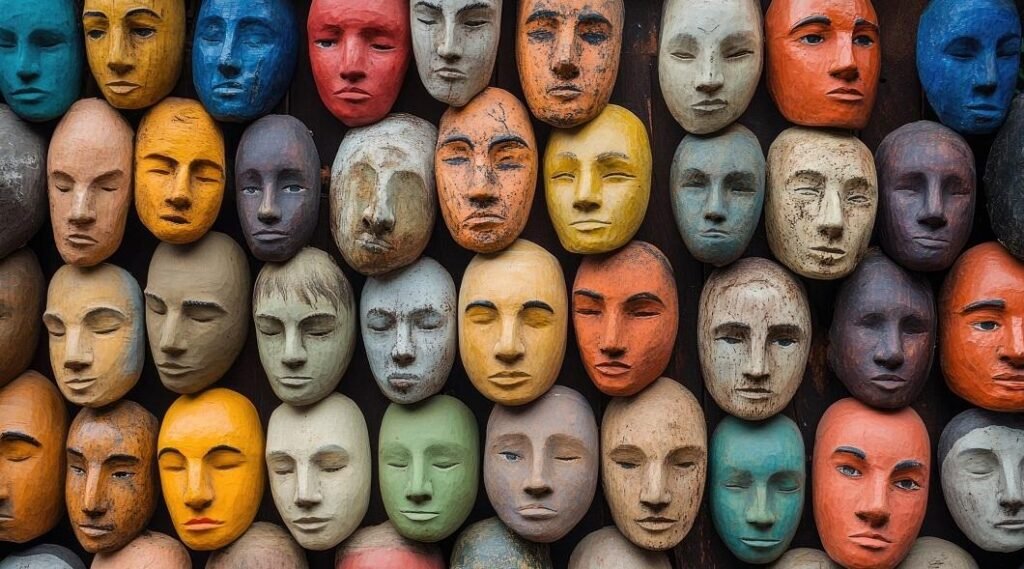Emotions are composed of a physiological “arousal,” expressive behavior, and conscious experience, according to David Guy Myers, professor of psychology at Hope College in Michigan (United States) and author of 17 books.
Many theorists try to explain what emotions are. Emotions are part of people’s daily lives and, therefore, psychology is interested in studying them. In addition, more and more experts recommend that emotional education be part of the early years of a child’s school years.
In this case, what are emotions, and how are they classified? Emotions are divided into primary emotions, also known as basics, and secondary or complex emotions.
In the case of the basics, they are innate in the human being; that is, we are all born with them, because they aim to help us survive, favor our relations, or even approach pleasant sensations. On the other hand, secondary emotions follow primary emotions; that is, we develop them over time, and, in some people, they can disguise or even go unnoticed.
Below, we explain each of them through the classification that several experts have done through some studies.
Basic or primary emotions
Primary emotions can also be called basic, and are those we experience in response to a stimulus.
Specifically, according to the classification transferred in 1979 by psychologist, researcher, and professor Paul Ekman, who became one of the pioneers in the study of emotions and their facial expression, the basic emotions are six. Thus, these would be: sadness, happiness, surprise, disgust, fear, and anger.
According to Ekman, all of them would influence and constitute adaptation processes. In addition, all human beings would possess them, regardless of our culture or personality, and we would be born with them.
Also, the psychologist and scientific publicizer, Daniel Goleman, spoke of six emotions in his book Emotional Intelligence (1995). For him, these were fear, sadness, anger, happiness, surprise, and aversion.
However, a 2014 study by the University of Glasgow and published in the journal Current Biology concluded that basic or primary emotions are not six, but four: fear, sadness, anger, and happiness. According to this research, fear and surprise would share the same base signal in facial expression, which would be wide-open eyes, and disgust and anger would share the same base signal, that of the wrinkled nose.
Another example would be that of Pixar’s film “Inside Out“, for which the writers chose as protagonists five basic emotions: fear, sadness, anger, joy, and disgust.
Secondary emotions
On the other hand, we find secondary emotions, which can also be known as complex emotions.
According to expert psychologists such as Carroll Ellis Izard or Robert Plutchik, secondary emotions would come from primary emotions and arise when combined. Contrary to basic emotions, secondary ones would not have characteristic facial features or a particular tendency, so they could go unnoticed in some people.
In addition, experts also indicate that these emotions appear with neuronal maturity and that they are the result of socialization and the development of cognitive capacities. In this way, its appearance would come around two and a half or three years of age, and human beings are not born with them.
In the group of secondary or complex emotions would be guilt, shame, pride, jealousy, pleasure, boredom, embarrassment, envy, among many others.
Specifically, these emotions make our character different from other human beings.

